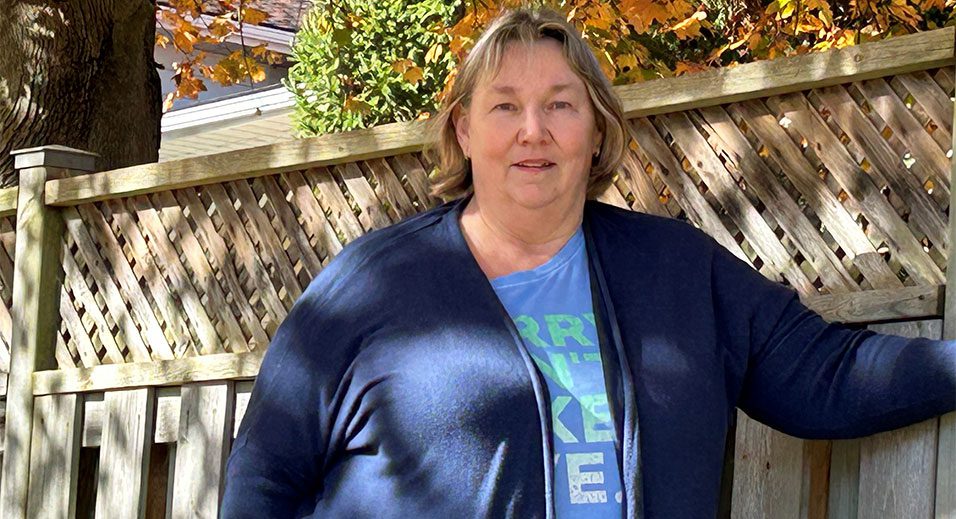From turning on the lights to driving to work, our actions leave behind an environmental footprint. Many of the things we do produce carbon that goes into the atmosphere and contributes to climate change. Climate change is an urgent crisis that requires immediate action.
Back in 2019, Maple Leaf Foods became the first major carbon neutral food company in the world. It wasn’t easy. But we did it! We achieved carbon neutrality because we aggressively reduced our environmental footprint and invested in high-impact environmental projects to neutralize our remaining and unavoidable emissions. We also set ambitious science-based targets to help us continue to reduce our emissions.
As we celebrate another year of being a carbon neutral company, a significant milestone in our journey to be the most sustainable protein company on earth, we’re asking all Canadians to join us. There are many ways that you can reduce your environmental footprint and by doing so ensure that future generations have a planet to enjoy.
Here are five ways to reduce your environmental footprint.
-
Unplug electronics when not in use
There are many ways to reduce energy use in your home. One of the simplest is to unplug your electronics and appliances when not using them. Items such as cell phone chargers, computers, countertop appliances, microwave or your hair dryer.
Remember, just because a device is not turned on, it does not mean it’s not using power. A computer in sleep mode uses power. A cell phone charger left in a wall socket uses power. Make a habit of unplugging your electronics to save power and in turn save on your electrical bill..
-
Choose LED light bulbs
Replace your old light bulbs with super-efficient LEDs (light-emitting diodes) bulbs. LED light bulbs use far less energy than fluorescent or incandescent ones. They are cheap and will last you up to six times longer than traditional lighting. Since LED light bulbs last longer, fewer replacements are necessary which means fewer need to be produced and thrown into the landfill.
-
Make better transportation choices
Choose to walk, bike or take public transit. If you need to commute to work by car, why not explore carpooling. And when you’re ready to trade in your car, explore a hybrid or electric model. There are government rebates that you may be able to take advantage of, making that switch all that more possible.
-
Reduce home heating and cooling
Lower your thermostat by a degree or two in the cooler months and raise it by a degree or two in the warmer months. You probably won’t notice the difference, but you will save energy.
You can also turn off your furnace or air conditioner when you leave your home. Or switch to a programmable, smart thermostat that can help you manage your heating and cooling remotely. Smart thermostats provide stats on how much energy you’ve used and tips on how to switch to eco-friendly modes.
-
Reduce food waste
As best as you can, plan your meals the week ahead. Make the shopping list and buy only what you will need. Then, make sure to store your food the right way. You don’t want your food to spoil before you get to enjoy it. Put perishable foods in the refrigerator or freezer as soon as you get home from shopping.
When you have leftovers, don’t throw them away, but rather get creative! Search for recipes to turn your leftovers into a different meal the whole family will enjoy.
And when you do have food scraps, compost them in your garden or composter! If you don’t have one, many cities run composting programs.



